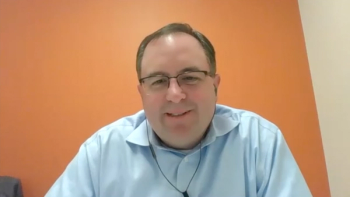
Blunders and Wonders: Forgotten Equipment & Sleep Disorder Treatments
Actionable insights to reduce the likelihood of medical errors and improvements in our understanding of sleep hygiene.
Hello, I’m Dr. Nick the Incrementalist and am here today to talk about Blunders and Wonders.
This week’s Blunder: Leaving Behind Equipment.
If you’re like me, you may have lost one of your favorite garden tools or a screwdriver, leaving it carefully positioned next to a job you were carrying out, but forgot when you finished, and cleared everything away. In the surgical setting, that’s a much bigger problem and one that still occurs with surprising frequency.
Surgical sponges that are unintentionally left inside the patient after the surgical site is closed, can lead to infection and other serious complications, including the need for secondary operations, and surgical teams and operating room staff work hard to prevent these events with manual counts of the items before, during and after any procedure. But that task is done in different ways and faces some varied challenges depending on the procedure and the general flow for that team. It might seem strange that this is even possible. A white sponge can quickly assume the color of the cavity it is inserted into, leaving it near invisible to a visual inspection.
So, while the counts and check list remain a main stay of prevention, there are new technologies that offer some improvements. Everything from using special dyes that can be visualized prior to closure, to using tags attached to everything much like the tags on items in shops that set off alarms if they are removed from the store.
In this case, technology can help, and it needs to become part of the systems built into every operating room that would help prevent these errors.
This week’s Wonder: New Treatment for Sleep Disorders.
Sleep is the foundation of health, yet it remains a major challenge for many people.
Insomnia is one of the major sleep problems, with an estimated prevalence of 10% to 15% in the general population, and 30% to 60% in the older population. Sleep apnea affects 20 million people in the U.S. alone, and it is impacting the general health of the population, and according to some studies, it has a bigger impact than poor diet.
Moreover, insomnia frequently occurs with a wide-range of psychiatric disorders, including depression and anorexia.
Treating sleep disorders should start with good sleep hygiene, that includes setting yourself up for success. But when that fails for some recalcitrant or unresponsive patients, the medical profession has turned to treating insomnia with drugs that induce the wrong kind of restorative sleep that we are in desperate need of , and are plagued by a wide-range of adverse effects, including muscle relaxation, rebound insomnia, changes in appetite, next-day sedation, cognitive impairment, amnesic effects, and development of drug tolerance and dependence.
So, it is good news to hear that a recent paper published in the Journal of Neuropharmacology by researchers at the International Institute for Integrative Sleep Medicine at the University of Tsukuba has identified a new receptor target. Their new molecule signals inducing sleep that is indistinguishable from the major component of natural sleep, known as slow-wave sleep, which may offer a new therapy option and good sleep without all the unwelcome side effects.
This was a mice model, so until we see this tested in human systems, it is something of a long shot, so in the meantime, focus on good sleep hygiene.
Until next time, I’m Dr. Nick, the Incrementalist — don’t let perfection stand in the way of progress.
Get the best executive insights directly to your inbox. Sign up for our daily newsletter .
More Blunders and Wonders of the Digital Transformation:





























































































